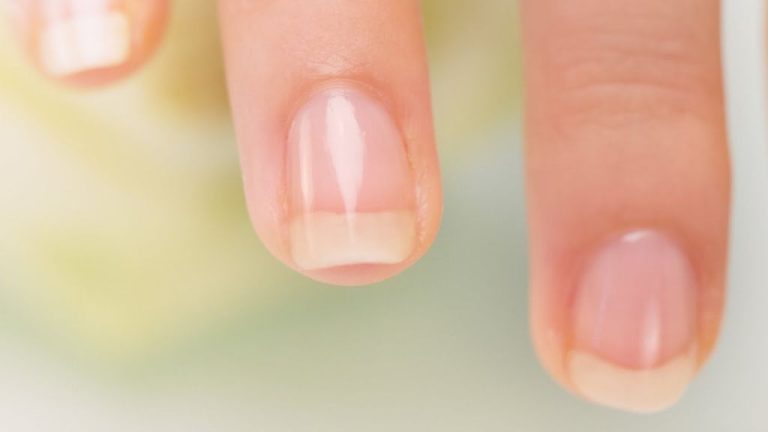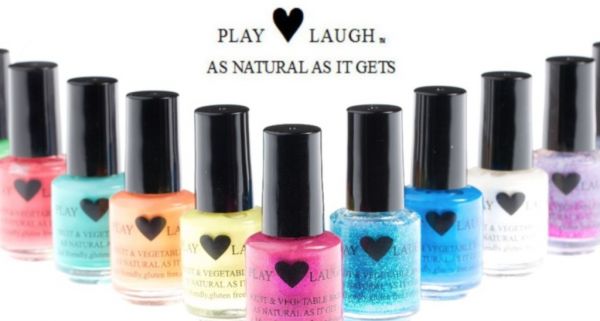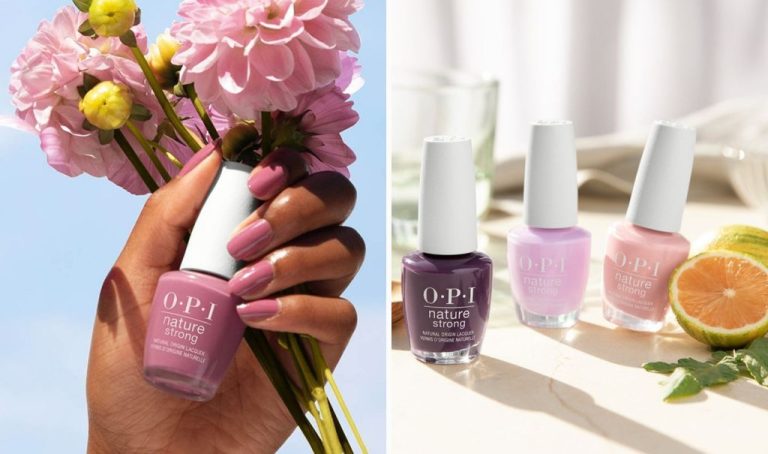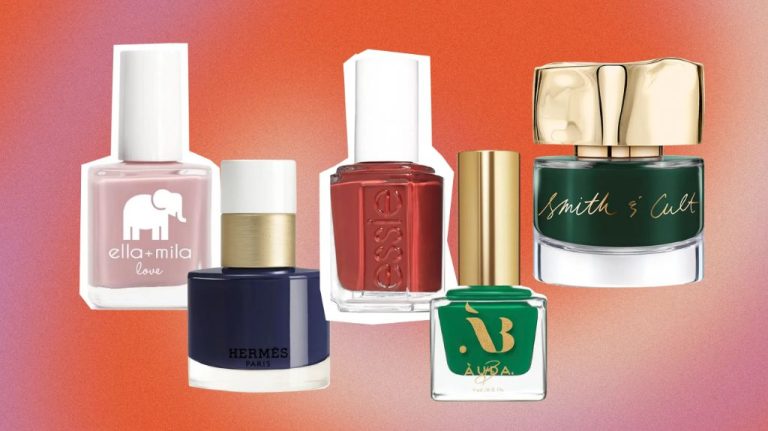The Rise Of Eco-Friendly Nail Polish: What You Need To Know
Nail polish has a long history spanning over 5,000 years, originating in ancient China around 3000 BCE. While nail polish has evolved greatly over the millennia, recent decades have seen rising concerns over the potential health and environmental impacts of ingredients commonly used in conventional nail polishes.
Traditional nail polish often contains controversial ingredients like triphenyl phosphate (TPHP), toluene, formaldehyde, and phthalates. Exposure to these chemicals, especially over time with repeated use, has been associated with increased cancer risk, reproductive issues, and organ system toxicity.
In response to health warnings, there has been surging consumer demand for nail polish free from hazardous chemicals. A new generation of eco-friendly nail polish brands have emerged, offering plant-based formulas made without the most harmful ingredients.
This article will explore the rise of eco-friendly nail polishes, including their benefits, drawbacks, top brands, what to look for when buying, usage and care, and the future outlook as green nail polish gains popularity.
Toxic Ingredients
Many conventional nail polishes contain a number of toxic chemicals that can be harmful to human health and the environment. Three of the most concerning chemicals found in traditional nail polishes are:
Formaldehyde – Formaldehyde is added to nail polish to harden and strengthen the polish. However, formaldehyde is a known human carcinogen and can cause issues like allergic reactions and breathing difficulties when exposure occurs over time.[1]
Dibutyl phthalate (DnBP) – DnBP is a plasticizer used to prevent nail polish from becoming brittle. However, phthalates like DnBP are considered endocrine disruptors and have been linked to developmental and reproductive issues.[2]
Toluene – Toluene gives nail polish a smooth finish, but chronic exposure can harm the central nervous system and damage organs like the liver and kidneys. Toluene is also toxic to aquatic life.[3]
What Makes Nail Polish Eco-Friendly
Eco-friendly nail polishes are formulated with plant-based, non-toxic ingredients instead of harsh chemicals like formaldehyde, toluene, and dibutyl phthalate (DBP). They use ingredients like water, alcohol denat, acetyl tributyl citrate, and plant resins. Popular plant-based ingredients include bamboo, flowers, fruits, vegetables, and seeds (Source).
Many eco-friendly polishes are certified vegan and cruelty-free, meaning they do not contain animal byproducts or involve animal testing. Brands like Karma Organic Beauty are Leaping Bunny certified. Eco-friendly nail polish is also produced more sustainably through manufacturing processes that reduce waste, energy, and emissions.
Instead of harsh chemical fragrances, eco-friendly polishes use natural scents from plant oils and extracts. This makes them less irritating for people with sensitivities.
Benefits
Eco-friendly nail polishes offer several benefits compared to traditional nail polish formulas.
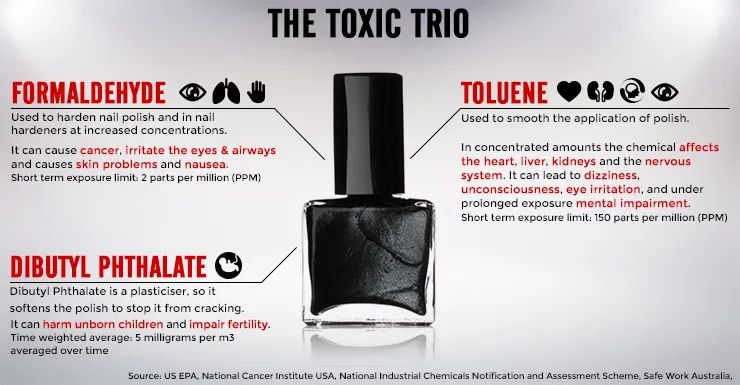
First and foremost, they are much safer for your health. Traditional nail polishes often contain harsh chemicals like formaldehyde, toluene, and dibutyl phthalate (DBP), which have been linked to cancer and other health issues. Eco-friendly polishes skip these toxic ingredients in favor of safer, plant-derived substitutes.
According to The Good Life with Amy French, eco-friendly formulas are “free from toxic ingredients such as formaldehyde, toluene, and DBP, making them safer for our health.”
Eco-friendly polishes also have a lower environmental impact. Traditional polishes use chemicals that are harmful when disposed of improperly. With more natural formulas, there is less risk of pollution and contamination when they are thrown away.
Finally, most eco-friendly nail polish brands are cruelty-free, meaning they do not test on animals. This makes them an ethical choice for many consumers.
As Sienna Naturals explains, you can “think of vegan nail polish as the nutrient-rich soil from which stronger, healthier nails grow.” By skipping harsh chemicals, the natural ingredients “nourish nails back to health.”
Drawbacks
While eco-friendly nail polishes provide health and environmental benefits, they also come with some drawbacks compared to traditional polishes.
One drawback is that eco-friendly polishes often have a more limited color selection. Since they exclude certain pigments and chemicals, the range of colors is usually not as vast as regular nail polish collections. Eco-conscious consumers have less variety to choose from.
Eco-friendly nail polishes also tend to cost more than traditional polishes. Because they use premium natural ingredients and avoid cheap toxins, the manufacturing costs are higher. Companies pass these costs onto the consumer, charging $10-15 a bottle versus $5-10 for regular drugstore polishes.
Finally, eco-friendly polishes tend to have shorter wear time on nails. The natural formulas don’t adhere as strongly or last as long before chipping. Whereas a regular manicure may last 5-7 days without chipping, eco-friendly polishes often begin chipping after just 2-3 days of wear. Consumers must be willing to reapply more often (Healthline, 2022).
Top Eco-Friendly Brands
When looking for eco-friendly nail polish brands, there are several trusted names to consider:
Zoya (Source 1) is one of the original eco-friendly nail polish brands. Founded in 1986, Zoya nail polishes are vegan, cruelty-free, and made without harmful chemicals like formaldehyde, toluene, DBP, and camphor. Their polishes use safer ingredients and come in a wide range of fashionable shades.
ORLY (Source 2) is another leader in natural nail polishes. Their polishes are vegan, cruelty-free, and made without the major toxic chemicals. ORLY uses safer ingredients like argan oil and vitamin C. They have a great color selection and on-trend shades.
Kure Bazaar (Source 3) is an eco-chic brand with nature inspired nail polish colors. Their polishes are vegan, cruelty-free, gluten-free, and made without the major toxic chemicals. Kure Bazaar uses plant-based ingredients like cotton and corn.
RGB is a modern, clean nail polish brand with quality eco-friendly products. Their polishes are vegan, cruelty-free, and made without the major toxins. RGB uses safer ingredients like bamboo and flower extracts in leur formulations.
Karma Organic makes luxurious natural nail polishes using organic botanicals and plant-based ingredients. Their polishes are vegan, cruelty-free, and made without toxic chemicals. Karma Organic has a wide range of nature inspired colors.
What to Look for When Buying
When purchasing eco-friendly nail polish, there are a few key things to look out for:
Ingredients to avoid:
- Formaldehyde – a known carcinogen that can cause respiratory issues (Going Zero Waste)
- Toluene – linked to reproductive harm and organ system toxicity (The Honest Consumer)
- DBP (dibutyl phthalate) – an endocrine disruptor (Sustainably Chic)
Certifications to look for:
- 5-Free or 10-Free – indicates it is free of 5-10 harsh chemicals
- USDA Certified Organic
- Leaping Bunny – cruelty-free certification
Store policies on testing:
- Ensure the brand does not test on animals
- Look for vegan formulas not tested on animals
Using and Caring for Eco-Friendly Polish
When using eco-friendly nail polish, there are some tips and tricks to get the most wear and shine out of your manicure.
According to The Ultimate Guide to Eco-Friendly Nail Polish, it’s important to properly prepare your nails by filing and buffing before application. Use a base coat specifically designed for eco polishes to help the color adhere and last longer. When painting, apply thin even layers and let each layer dry completely before adding another. Finish with a eco-friendly top coat for an extra shine and chip resistance.
For removing eco-friendly polish, avoid harsh acetone-based removers. According to Sustainable Nail Care Tips – mypaume.com, try using a natural oil like olive or coconut oil to break down the polish, or look for plant-based nail polish removers. Gently scrub off the polish with a reusable cotton pad rather than disposable wipes to cut down on waste.
To extend the wear of your manicure, A Guide to Eco-Friendly Nail Care | Blog recommends replenishing the top coat every other day. Keep nails hydrated with a daily cuticle oil, and avoid chipping by wearing gloves for wet work or harsh cleaners. Storing polishes properly in a cool, dark place will also help preserve their longevity.
Future Outlook
The market for eco-friendly nail polish is projected to experience significant growth in the coming years. According to a report by Market Research Future, the global non-toxic nail polish market is expected to grow at a CAGR of 5.45% between 2023 and 2030, reaching approximately $2.78 billion by 2030.
Regulations around the use of toxic chemicals in nail polishes are also expected to drive growth for eco-friendly options. For example, the European Union has banned certain chemicals like formaldehyde, toluene, and DBP in cosmetics. As more jurisdictions implement similar regulations, demand for non-toxic nail polishes will likely increase.
There are also opportunities for innovation in eco-friendly nail polish formulas. Brands are experimenting with plant-based ingredients and polymers to create high-performing polishes without harsh chemicals. Developing longer-lasting and more chip-resistant eco-friendly polishes through novel ingredients or technology presents an area for continued innovation.
Conclusion
The rise of eco-friendly nail polish is an important trend for anyone concerned about health and the environment. As we’ve discussed, most traditional nail polishes contain a number of harmful chemicals that can negatively impact both people’s bodies and the planet.
By switching to eco-friendly options made with plant-based ingredients and free of toxic chemicals like formaldehyde, dibutyl phthalate, and toluene, you can reduce your exposure to these concerning compounds. Eco-friendly polishes are also more environmentally sustainable, since they don’t require as many harmful chemicals in their production.
The benefits of eco-friendly polish go beyond being non-toxic and sustainable. These plant-based polishes tend to be long-lasting, chip-resistant, and available in a wide range of beautiful colors. As more conscious consumers support green beauty brands, we can expect further innovation and accessibility in the eco-friendly nail polish market.
While being aware of marketing claims is important, the rise of third-party eco-certifications makes it easier to find truly non-toxic nail polishes. Taking a few minutes to read ingredient lists and research a brand’s commitments allows you to make informed choices.
By choosing eco-friendly options for your nails and recommending green beauty brands to others, you can do your part to reduce the demand for toxic chemicals and unsustainable practices. Together, conscious consumers and responsible companies can continue improving the nail polish industry in a way that protects both human health and the planet.
